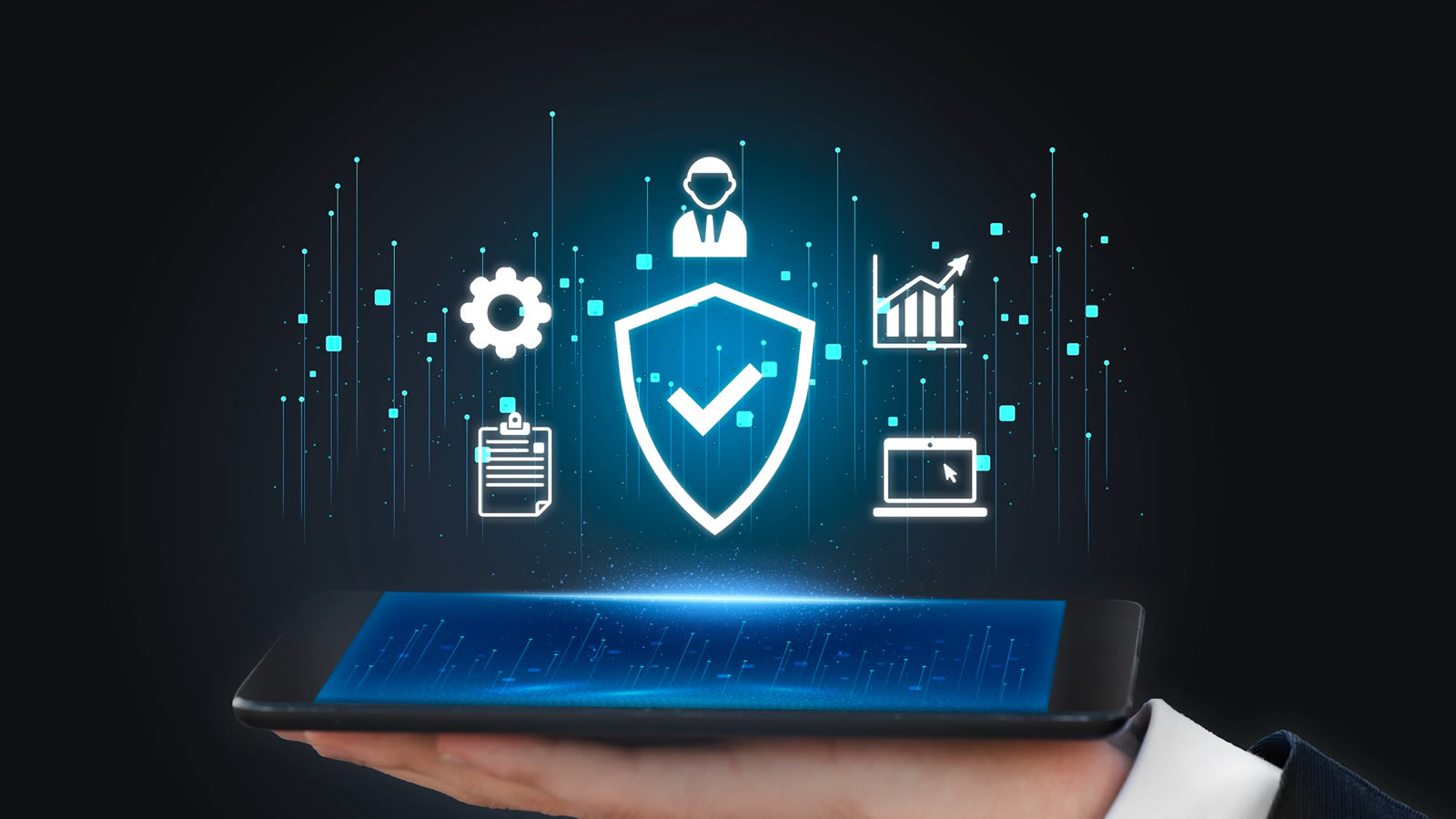The proliferation of Internet of Things (IoT) devices has revolutionized the way we interact with technology, offering convenience, efficiency, and endless possibilities. However, the rapid expansion of IoT also presents significant challenges in terms of data privacy and security. As our lives become increasingly interconnected, it becomes crucial to prioritize the protection of sensitive information and secure IoT devices from potential cyber threats. In this article, we will explore the best practices for securing IoT devices, ensuring data privacy, and maintaining a secure environment in the ever-evolving landscape of the Internet of Things.
- Conduct a Comprehensive Risk Assessment:
Before implementing any IoT devices, it is essential to conduct a thorough risk assessment to identify potential vulnerabilities and devise effective security measures. Assess the potential impact of data breaches, unauthorized access, and system vulnerabilities specific to your IoT ecosystem. This evaluation will help you develop a comprehensive security strategy tailored to your organization's needs and mitigate potential risks from the outset.
- Implement Robust Authentication and Access Controls:
Strong authentication protocols and access controls are vital to protect IoT devices from unauthorized access. Implement multi-factor authentication (MFA) or two-factor authentication (2FA) to ensure that only authorized individuals can access the devices or data. Additionally, enforce strict password policies, including password complexity requirements and regular password updates. Limit access privileges to minimize the risk of unauthorized data exposure and potential compromise of the entire IoT network.
- Encrypt Data at Rest and in Transit:
Encryption is a crucial aspect of IoT device security, as it ensures that data remains protected even if it is intercepted. Implement end-to-end encryption for data at rest and in transit, using robust encryption algorithms and protocols. This safeguards sensitive information from unauthorized access and ensures the confidentiality and integrity of data throughout its lifecycle. Additionally, consider implementing secure communication protocols such as Transport Layer Security (TLS) to protect data transmitted between IoT devices and backend systems.
- Keep IoT Devices and Software Up to Date:
Regular software updates and patch management are essential for maintaining the security of IoT devices. Manufacturers often release updates to address security vulnerabilities and enhance the device's overall functionality. Stay vigilant and keep all IoT devices up to date with the latest firmware and security patches. Establish a proactive process for monitoring and installing updates to ensure that any potential vulnerabilities are promptly addressed.
- Employ Robust Network Segmentation:
Network segmentation is a critical practice for mitigating the impact of potential security breaches within an IoT ecosystem. By separating IoT devices into distinct network segments, you can isolate them from other critical systems and sensitive data. This approach minimizes the potential damage that a compromised device can inflict on the entire network. Implement firewalls and access control lists (ACLs) to regulate traffic between network segments and establish secure communication channels.
Conclusion:
Securing IoT devices and ensuring data privacy and security is an ongoing process that requires a proactive approach and adherence to best practices. By conducting risk assessments, implementing robust authentication and access controls, encrypting data, keeping devices up to date, and employing network segmentation, organizations can minimize the risk of cyber threats and protect the integrity of their IoT ecosystems. Embrace these best practices to safeguard sensitive information, maintain data privacy, and create a secure environment in the interconnected world of IoT.

